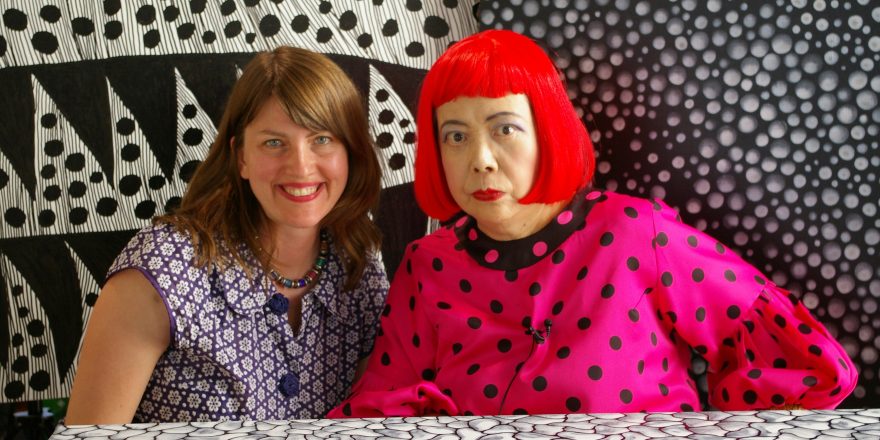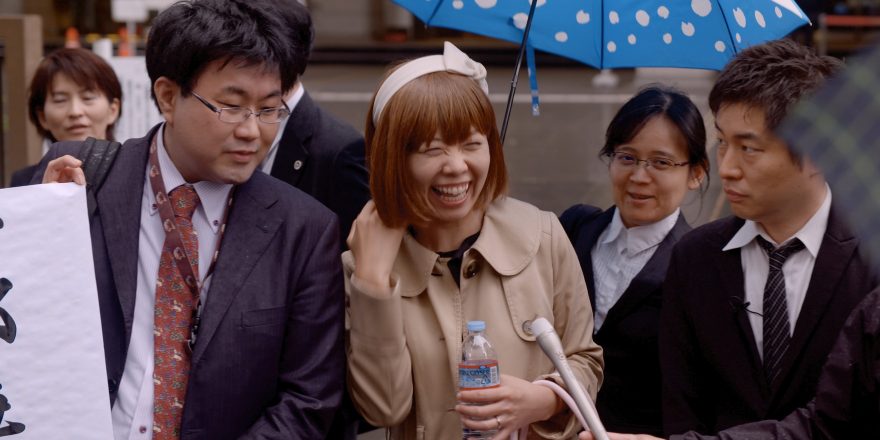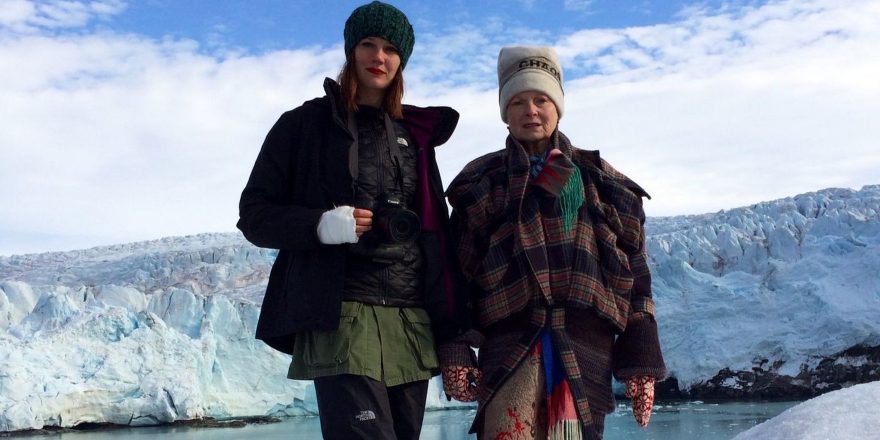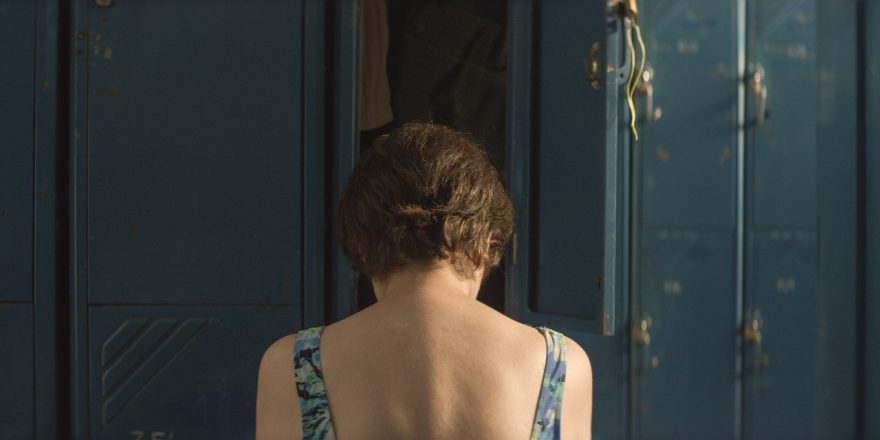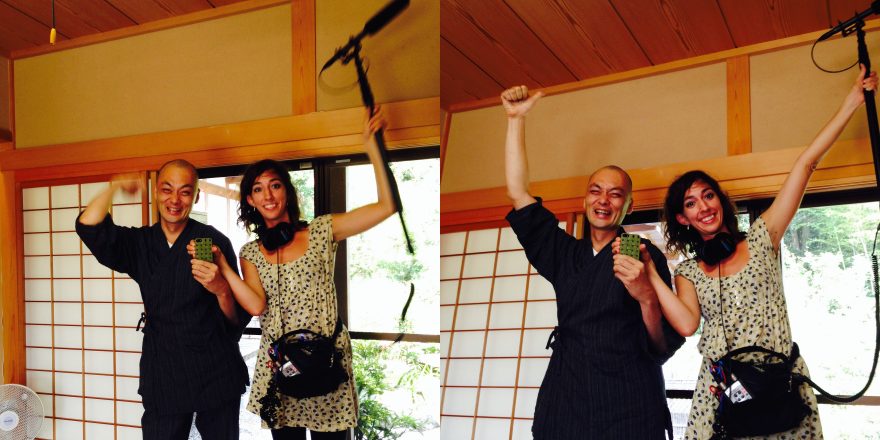When I first decided to make a film about the artist Yayoi Kusama, my main aim was simply to tell her compelling life story. Born in 1929 in Japan, Kusama left behind the small town in which she was raised, refusing to proceed with an arranged marriage and the traditional life that would have accompanied it. In the late 1950s, she moved to the U.S. to pursue her dream of being an artist. She made a lot of incredibly innovative work while living in New York City, but her career stalled and she consequently returned to Japan in the 1970s, ultimately checking herself into the psychiatric hospital she has called home for the past 40 years. From the security of that environment, she has continued making brilliant art, which for many years was neither properly understood nor recognized by the art world.
When I thought about her life, I could see that it contained the raw material to make a great film. But, to my surprise, this wasn’t obvious to everyone else. This was before her work permeated the greater consciousness, before crowds lined up to take selfies with smartphones in Kusama’s mirror rooms. In fact, it was before smartphones even existed because the first iteration of my Kusama project was a fiction film I started writing in 2001.
At the time, I was earning my MFA in Cinematic Arts at USC and a professor told me that I could spend my life trying to make a film about Kusama, but it wouldn’t be a good use of my time. The film I was proposing lacked the typical stuff that sold movies – like car chases, sexy, young blondes, or a conventional love story. Alas, I was blind to these “problems.” What I saw was a complex character, someone who hadn’t walked the beaten path, someone with a lot of tenacity who had figured out how to pursue her dream. The fact that this person happened to be an older Japanese woman was, at the time, irrelevant to me.
Shortly afterward, I had the opportunity to pitch the story to someone who I expected would be excited about the idea. Back then Madonna had a film production company, Maverick Films, and I approached a woman who worked there about my Kusama biopic. To my surprise, she balked at the idea of making a film about a “foreign female.” I found this odd, especially since Madonna had starred in Evita and publicly expressed interest in playing Frida Kahlo (before the role went to Salma Hayek). The fact that I was hearing this from another woman made it even more shocking to me.
Much later, after Kusama had become well-known for her trademark red wigs and polka dots, someone with experience in the film industry told me that we shouldn’t put Kusama on the marketing materials for Kusama – Infinity because it would hurt sales if it featured an Asian woman. I found this mind-boggling, since by this point Kusama had countless fans. This encounter also stood out to me because the person giving the advice was an Asian American.
These experiences made me realize that even when women and minorities end up in positions with the power to help shine a light on more diverse characters, some of them have already internalized racism and sexism to such a degree that they have become part of the system that prevents greater diversity in media. The gatekeepers apparently have a checklist of what they think will sell films – and what won’t – and in their eagerness to focus on what they believe will be popular, they sometimes overlook intriguing subjects.
These days, when I try to explain to Kusama fans that no one was receptive to the idea of a film about her when I first dreamed it up, they find it hard to understand. After all, she’s now so famous. But in 2004 when I teamed up with Karen Johnson, my producing partner on Kusama – Infinity, Kusama was lesser known, which means most people needed more convincing that the subject was worthy of funding. It was an expensive production, involving international travel, expensive archival materials and significant translation costs. For a long time, the vast majority of grants available to documentary filmmakers were almost exclusively given to social-issue films, as if films about intriguing, inspiring characters weren’t as worthy of funding. However, films like Man on Wire and Searching for Sugarman winning Academy Awards helped create a shift. To my delight, recently there has been a growing number of documentaries about strong female characters – and what makes it even more amazing is that most of them are about older women. These films include: Seeing Allred (about feminist attorney Gloria Allred), Iris (about fashion iconoclast Iris Apfel), Jane (about Jane Goodall, who has devoted her life to studying chimpanzees), Bad Reputation (about rocker Joan Jett), and RBG (about iconic Supreme Court Justice Ruth Bader Ginsburg). I hope eventually this trend in documentaries translates into more roles for older women in biopics and fiction films.
Alongside these changes, there has been increasing focus on the fact that the big screen has been dominated for decades by white movie stars. For me, it wasn’t until I married into a Japanese family that my eyes were opened to the problems surrounding the inequality of Asian representation in film and television. It was revelatory for my husband to explain to me what a big deal it was for him to watch Star Trek reruns as a kid and see an Asian character on screen. When Chris Rock hosted the Oscars in response to #OscarsSoWhite, he proceeded to make jokes at the expense of Asians and, even more shocking, presenter Sacha Baron Cohen made a “joke” about Asian penis size. Last year, Daniel Dae Kim and Grace Park left Hawaii Five-O because CBS refused to give them pay parity with their white co-stars, and Scarlett Johansson starred in Ghost in the Shell, a live-action adaption of the Japanese anime film. Things, fortunately, are starting to change, as signaled by the huge box-office success of Crazy Rich Asians, a film with an all-Asian cast (and no martial arts). Considering how rare it is for Asians to be cast in lead roles in Hollywood movies, the film is a big deal.
I feel my background studying art and film, as well as my other life experiences, made me an ideal fit to direct the film about Kusama, but I also understand why some people may have concerns about me being a white director. As my husband is Japanese, my knowledge of Japanese culture is certainly better than the average American. My father-in-law is a retired Buddhist minister and my mother-in-law spends a lot of time studying the dying art of the Japanese tea ceremony. They have an arranged marriage, just like Kusama’s parents did. My husband lost his grandfather when the atomic bomb fell on Hiroshima, which gave me greater insight into Kusama’s strong anti-war sentiments. Though I met and married my husband after I started making the film, before my first meeting with Kusama I studied conversational Japanese and met with a tutor who taught me basic customs, such as how low to bow when meeting Kusama (the depth of the bow is based on status). I interviewed her friends and peers in both America and abroad and also spoke to the top experts on Kusama throughout the world. I’m one of the rare people who has spent time in Kusama’s Tokyo archives going through her letters, photos and press clippings. I certainly don’t claim to know the answer about exactly what’s right when it comes to who can tell which stories, I can only make decisions about what feels right for me when I’m considering which topics I’m comfortable making films about.
As a female director, I’m happy that I was able to direct a film about a strong, inspiring female character; however, I don’t want to be limited to only making films about women in the future. Part of the reason I love documentaries and biopics is because they delve into the lives of unusual and compelling people and allow us to learn something outside of our own life experience. Kusama isn’t just a brilliant artist, she is a wonderful role model for anyone who has dared to dream big and encountered obstacles along the way, overcoming racism, sexism and mental illness on her journey to fame. That’s what I find so inspiring about her. It’s hard enough to be a woman director; the only way I can do it is to pursue the stories that speak to my heart. Hopefully next time I won’t have to swim upstream.
Featured image of Heather Lenz and Yayoi Kusama copyright Tokyo Lee Productions, Inc.



